Text


Two knights on horseback rendered in Hebrew micrography in the margins of the Yonah Pentateuch, 13th century.
Source: British Library, Add. MS 21160 fol. 192v and 201v
3K notes
·
View notes
Text

“I had rather be shut up in a very modest cottage with my books, my family and a few old friends, dining on simple bacon, and letting the world roll on as it liked, than to occupy the most splendid post, which any human power can give.”
― Thomas Jefferson
original auntieblues
28 notes
·
View notes
Photo

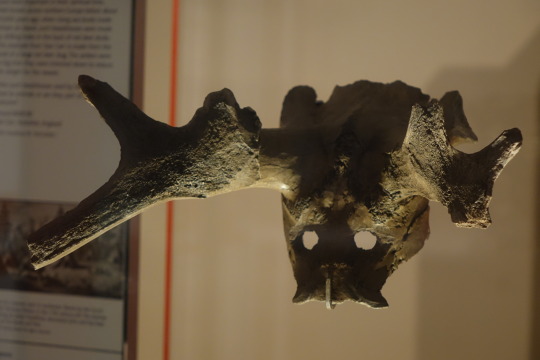
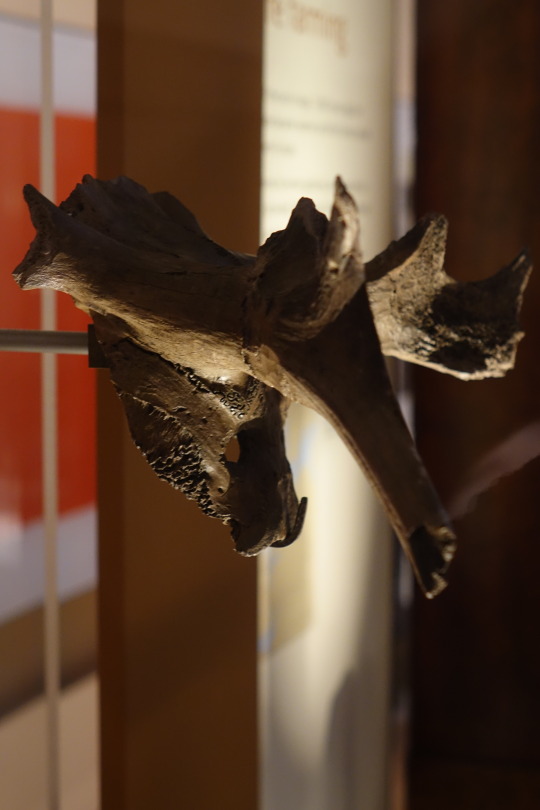
Ritual head wear from the Star Carr prehistoric site, near Scarborough, made from a red deer stag skull. From around 8000BC. The British Museum, 6.2.16.
690 notes
·
View notes
Text
"I cannot promise much assistance to this province from Pennsylvania. I have spent some weeks there, but never yet found so much self conceit. They will rather die than resist with carnal weapons…"
Governor Benjamin Fletcher to William Blathwayt, June 12, 1693, speaking about efforts to solicit from Quaker Pennsylvania money and martial contributions to English war efforts during the Nine Years' War
#quakers gonna quake#pacifism#society of friends#quakers#colonial america#colonial history#pennsylvania#17th century#Nine Years' War
2 notes
·
View notes
Text

Research Diaries:
17th Century Quaker Shade
Transcription:
"as wee came back did I heare one uncivill word that I
know of Except one woman spoke underhand tho not as I
[could] heare her & sd [said] wee were dogs & the Rable [rabble] set upon her
& told her; we were no more dogs then [than] she was A bitch & [stopped]
her Quickly"
And you know that shit is the Truth bc it's coming from a Quaker. They're basically contractually obligated to tell the Truth.
so if a Quaker calls you a bitch, youse a bitch
#quakers gonna quake#historical shade#primary source#historical trash talking#17th century#quakers#religious society of friends#society of friends#paleography#research diaries
24 notes
·
View notes
Photo




An Italian Bersaglieri machine gunner with an attached Fiat Revelli Mod.1914 and Bianchi bike Mod.1912.
B&W Source
#bruh y'all were out here doing too much during wwi#like it wasn't bad enough already?#wwi#world war i#military history#ww1#weaponry
816 notes
·
View notes
Photo
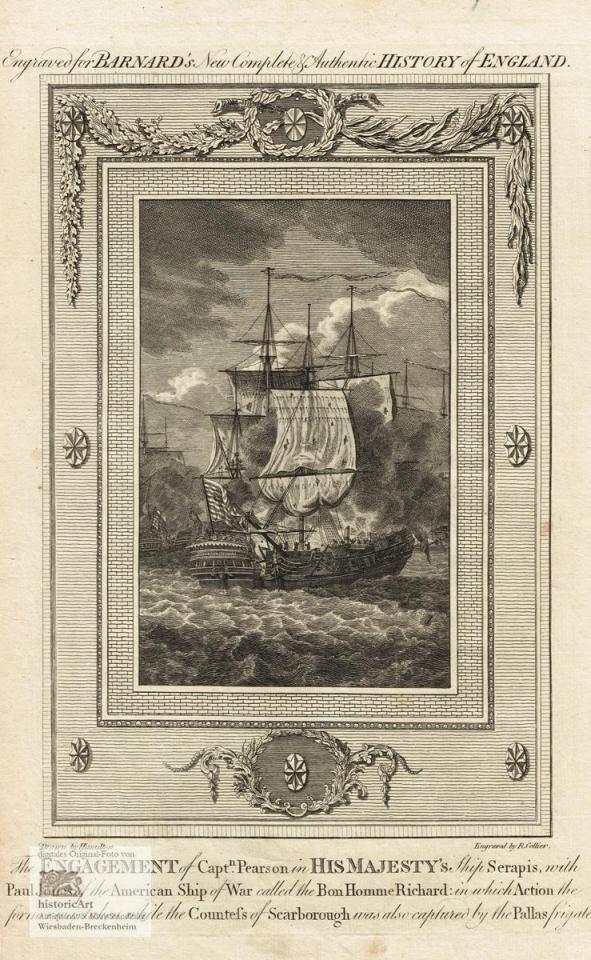
The Engagement of Captain Pearson in His Majesty’s ship Serapis, with Paul Jones of the American Ship of War called the Bon Homme Richard in which Action the former [was captured] while the Countess of Scarborough was also captured by the Pallas frigate.
Original copper plate engraving by Robert Collier after a drawing by William Hamilton; published by Alexander Hogg, 1782.
#18th Century#eighteenth century#john paul jones#American Revolution#Revolutionary War#print culture#naval history#age of sail#Bon Homme Richard#Serapis
4 notes
·
View notes
Photo
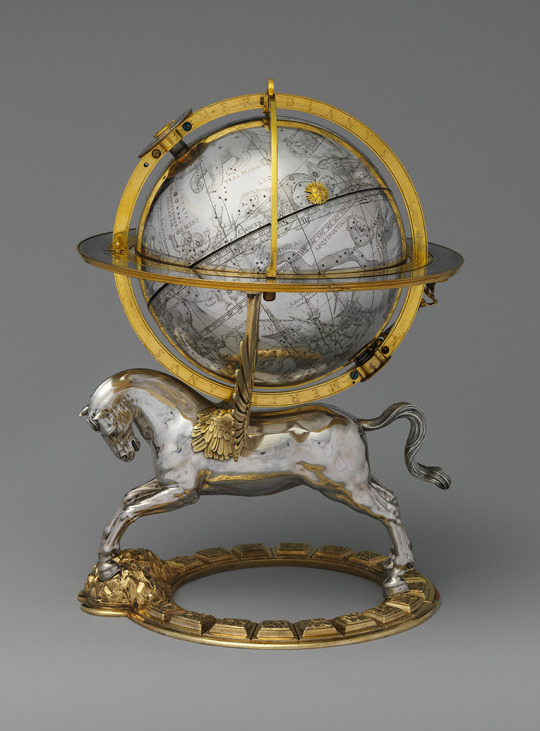
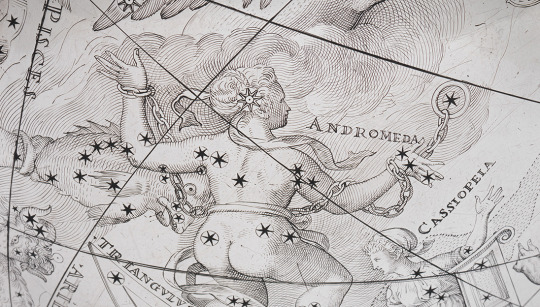



Gerhard Emmoser, Celestial globe with clockwork, 1579. Partially gilded silver, gilded brass (case); brass, steel (movement). Germany.
Exhibition: Making Marvels: Science and Splendor at the Courts of Europe. The Metropolitan Museum of Art, New York, November 25, 2019–March 1, 2020
Between 1550 and 1750, nearly every royal family in Europe assembled vast collections of exquisite and entertaining objects. Public spending and the display of precious metals were expressions of power, and possessing artistic and technological innovations conveyed status. In fact, advancements in art, science, and technology were often prominently showcased in elaborate court entertainments that were characteristic of the period.
1K notes
·
View notes
Photo

Historic Macedonian Graffiti, Baluchistan (Pakistan)
Perhaps the only physical evidence of Alexanders the Great’s journey through India is in the form of a victory sign his army made while journeying back to Macedonia. It’s on a mountain side in Las Bela Baluchistan, Pakistan.
127 notes
·
View notes
Photo


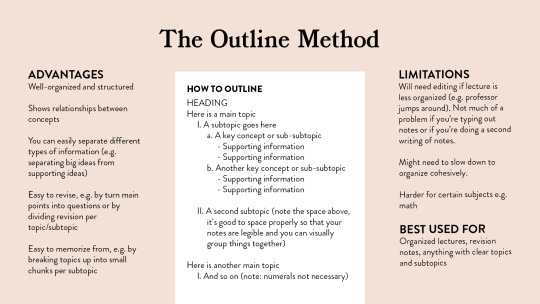






An Overview of Note-Taking Styles
Note-taking is one of the most essential skills a student should master. It allows you to record and review information to be used in the future. But what’s the best way to do so? Here’s an overview of note-taking styles that can help you maximize your learning!
56K notes
·
View notes
Photo

George Washington’s Dining Room At Mount Vernon
One of the most striking spaces in the Mansion, the dining room is part of the original house, built in 1734. Over the years, the room underwent a series of renovations. While Washington was away commanding the Continental Army in 1775, it was updated under the supervision of his cousin Lund Washington. In 1785 striking verdigris-green paint was added. Washington believed the color to be “grateful to the eye" and less likely than other colors to fade; an overcoat of glaze further intensified the color.
In 1775 Washington decided to install an elaborately decorated plaster ceiling and add plaster ornaments above the fireplace. He hired an expert plasterer, identified simply as the “Stucco Man,“ who spent five months completing the hand-tooled ceiling. A renovation in 2001 uncovered some of his original pencil drawings on the ceiling laying out the design.
71 notes
·
View notes
Text
“Because Washington was childless and drew close to several aides, many biographers have been tempted to turn them into surrogate sons, but the only one who closely matched this description was the Marquis de Lafayette, who eagerly embraced the role. The young French nobleman was tall and slim, with a pale, oval face and thin, reddish-brown hair that receded sharply at the temples. His nose was long and slightly upturned, his mouth short but full-lipped. Like the young Washington, Lafayette had an extraordinary knack for endearing himself to older men, and he looked up to them admiringly. Washington’s fondness for Lafayette’s boyish zest probably expressed some suppressed craving for paternal intimacy. So many things about the younger man—his florid language, his poetic effusions, his transparent ambitions, his well-meaning if clumsy manner—seemed the antithesis of himself. Lafayette was pure-hearted and high-spirited, with an impetuous streak of grandiosity. Where Washington was guarded about his pursuit of fame, Lafayette, Jefferson saw, was always “panting for glory” with an almost “canine appetite for popularity and fame.” Abigail Adams found him too assertive: “He is dangerously amiable, polite, affable, insinuating, pleasing, hospitable, indefatigable, and ambitious.” Indeed, despite a certain shyness, Lafayette showed a courtier’s love of compliments, was a master of flattery, and liked to hug people in the French manner. Perhaps Washington doted on the young man because he dared to express emotions that he himself stifled, thawing his frosty reserve and opening an outlet for his suppressed emotions. Lafayette seemed to transport Washington back to his own youth, before he was stooped under the weight of responsibility, reminding him of love, passion, and chivalry.”
— Washington: A Life by Ron Chernow (via brimmely)
#goddamnit chernow right in the feels again#gwash#lafayette#george washington#marquis de lafayette#ron chernow#writing inspiration#thomas jefferson#abigail adams#TJ
185 notes
·
View notes
Photo





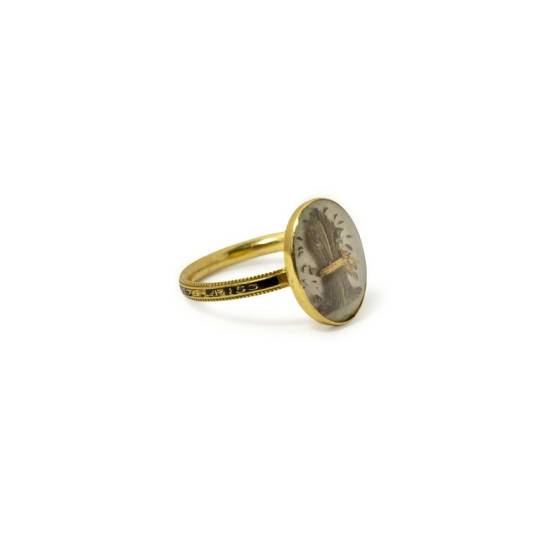




A selection of eighteenth-century Georgian mourning jewelry.
Descriptions in the captions or under the cut.
1] 18 karat gold finished in black enamel. Inscribed with "Bryan Benson Esq: ob: 14 Oct: 1758 aet: 84"
2] Gold square pin with pearl border, inset with an enamel skeleton.
3] Oval brooch with a painted panel depicting a mourning man, standing next to weeping willows and leaning on a podium topped by an urn. The podium reads "I mourn the loss of two dear relations."
4] Gold pin with pearl border, inset with 'lover's lips' design.
5] Gold ring, enameled in black, with a raised gold inscription "Martha Greswold, Obit Dec 8 1755 AE 59."
6] Gold ring with hair fashioned into a sheaf of wheat on a mother-of-pearl background. The band is black enameled and inscribed with "John bridge OB:3 Oct 1779 AE:53"
7] Ring with a painted panel of a woman in mourning seated near a tomb and two doves. The panel is surrounded by blue enamel, bordered by pearls.
8] A white enamel ring with an urn—made with the deceased's hair—on a circular bezel. The band is inscribed "J.C OB April 7 1768 17 Days"
9] Gold ring with black enameling, engraved with "R Dunn ob 28 Jan 1731, aet 46"
10] Memorial pendant with a painted scene featuring a mourning women near an urn and weeping willows. Above her is a cherub holding a banner which reads "Affection Weeps Heaven Rejoices." The painted scene is surrounded by a black enamel border with a sun design. On the back is a ribbon and bow design, over a blue background, with the dedication "LC ob 2 Feb 1794 aet 77."
#eighteenth century#material culture#mourning jewelry#mourning#antique jewelry#momentos mori#materials of mourning
37 notes
·
View notes
Photo

shouts out to Margaret Brewster for giving me the new life goal(s) of disturbing congregations, frightening children, making women swoon, dishonoring god, and being the scandal of religion and the contempt of government—all through the power of my “strange aspect.”
Text transcription and source:
"Whereas Margaret Brewster, alias Sawyer, did upon the last
Lord's Day, being the twenty first of this instant December, come
into the Church at Spight's Bay, in Time of divine Service, with her
Face disfigured, her Hair about her Shoulders, and Ashes upon her Head,
and Sackcloth upon her upper Garments, and bare-footed, like unto some
wild Satyr, or some mad lunatick Person: By which unlooked for strange
Aspect the whole Congregation was disturbed, some Children much af-
frighted, and several Women were ready to faint, which is to the Dishonour
of God, Scandal of Religion, and Contempt of Government: And being
examined this Day before us, would give no Account for her so doing, but
uttering several railing and reproachful Words against the Priests and their
Ministry, and being by us requested to find Sureties for her Appearance at
next Court of Quarter Sessions to be holden at Spight's Bay, and for her good
Abearing for the future, and having refused to do the same: These are there-
fore, in his Majesty's Name, to will and require you forthwith to take into
your Custody the Body of the said Margaret Brewster, and safely convey
unto his Majesty's Common Jail at St. Michael's Town, and her deliver unto
the Keeper thereof, who is hereby required to receive her from you, and her
in safe Custody to keep, until she shall find Sureties for her Appearance at
next Court of Quarter Sessions, to be holden at Spight's Bay, and for her
good Abearing for the future, or until she shall be delivered from thence by
due Order of his Majesty's Laws: Hereof fail not at your Perils. Given
under our Hands this twenty second Day of December, Anno 1673."
Joseph Besse,
A Collection of the Sufferings of the People Called Quakers: For the Testimony of a Good Conscience from the Time of Their Being First Distinguished by that Name in the Year 1650 to the Time of the Act Commonly Called the Act of Toleration Granted to Protestant Dissenters in the First Year of the Reign of King William the Third and Queen Mary in the Year 1689, Volume 2 (L. Hinde, 1753), 319.
#history#historical record#primary source#religious history#arrest record#quakers gonna quake#be extra do crimes
2 notes
·
View notes
Photo

Woodcut from Johann Wolf’s ‘Lectiones Memorabiles et Reconditae,’ a commonplace book published in 1600 of “everything strange, wonderful, terrible, incredible and impossible which the author could find in all literature of the previous sixteen centuries.” It depicts a creature reported to have washed up in the Tiber River in 1496, during the papacy of Alexander VI (Rodrigo Borgia). To Wolf, it “represented the form of the Roman papacy so perfectly and splendidly that it could not be the work of any human being but must be accepted as God’s own representation of the papal abomination.” Wolf believed Borgia “addressed himself to black magic…promising obedience to the devil,” expressing a popular idea contemporary to Borgia’s time and one that persisted in Wolf’s and beyond.
J.N. Hilgarth, “The Image of Alexander VI and Cesare Borgia in the Sixteenth and Seventeenth Centuries,” Journal of the Warburg and Courtauld Institutes 59 (1996): 120-121.
#the borgias#rodrigo borgia#devil worship#manuscript#black magic#renaissance history#seventeenth century#sixteenth century#Monstrous Manuscripts of Mysticism Magick & Mayhem#Pope Alexander VI
6 notes
·
View notes
Photo
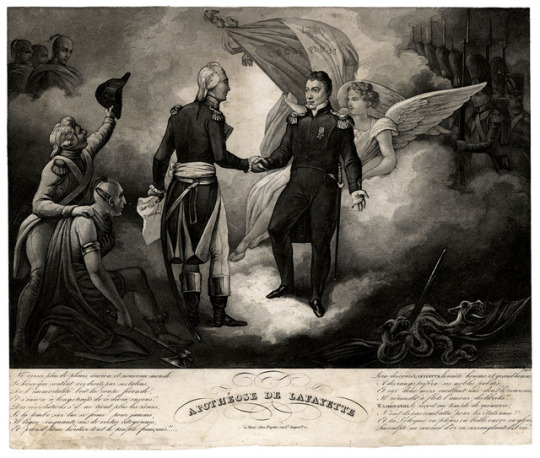
Apothéose de Lafayette (Apotheosis of Lafayette), c. 1834. Etching and engraving.
Washington welcoming Lafayette to the Temple of Eternal Fame. I suspect he’d love this - being greeted by Washington as he’s escorted by a tricolour wielding angel.
114 notes
·
View notes
Quote
It is while we are young that the habit of industry is formed. If not then, it never is afterwards. The fortune of our lives therefore depends on employing well the short period of youth. If at any moment, my dear, you catch yourself in idleness, start from it as you would from the precipice of a gulph.
Thomas Jefferson to daughter Martha Jefferson, 28 March 1787
5 notes
·
View notes